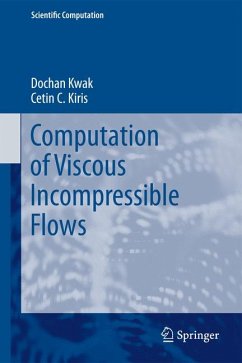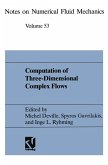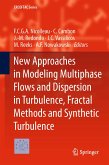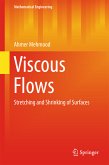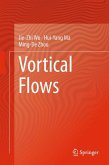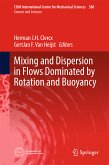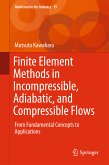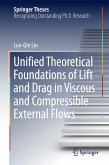This monograph is intended as a concise and self-contained guide to practitioners and graduate students for applying approaches in computational fluid dynamics (CFD) to real-world problems that require a quantification of viscous incompressible flows. In various projects related to NASA missions, the authors have gained CFD expertise over many years by developing and utilizing tools especially related to viscous incompressible flows. They are looking at CFD from an engineering perspective, which is especially useful when working on real-world applications. From that point of view, CFD requires two major elements, namely methods/algorithm and engineering/physical modeling. As for the methods, CFD research has been performed with great successes. In terms of modeling/simulation, mission applications require a deeper understanding of CFD and flow physics, which has only been debated in technical conferences and to a limited scope. This monograph fills the gap by offering in-depth examples for students and engineers to get useful information on CFD for their activities. The procedural details are given with respect to particular tasks from the authors' field of research, for example simulations of liquid propellant rocket engine subsystems, turbo-pumps and the blood circulations in the human brain as well as the design of artificial heart devices. However, those examples serve as illustrations of computational and physical challenges relevant to many other fields. Unlike other books on incompressible flow simulations, no abstract mathematics are used in this book. Assuming some basic CFD knowledge, readers can easily transfer the insights gained from specific CFD applications in engineering to their area of interest.
Dieser Download kann aus rechtlichen Gründen nur mit Rechnungsadresse in A, B, BG, CY, CZ, D, DK, EW, E, FIN, F, GR, HR, H, IRL, I, LT, L, LR, M, NL, PL, P, R, S, SLO, SK ausgeliefert werden.
Hinweis: Dieser Artikel kann nur an eine deutsche Lieferadresse ausgeliefert werden.

